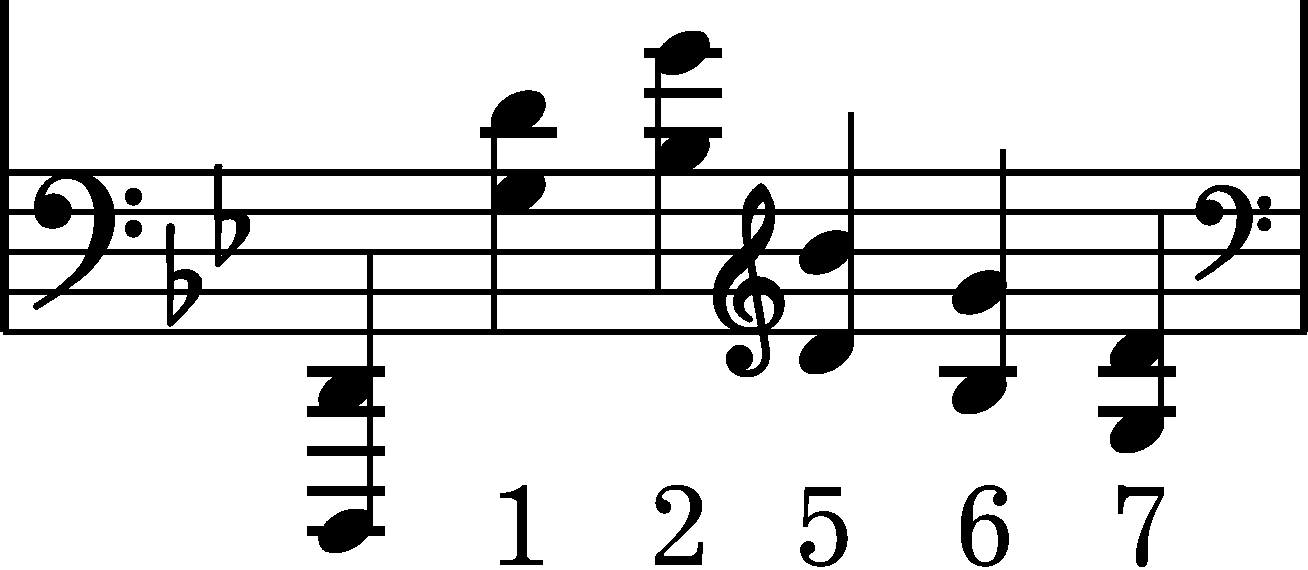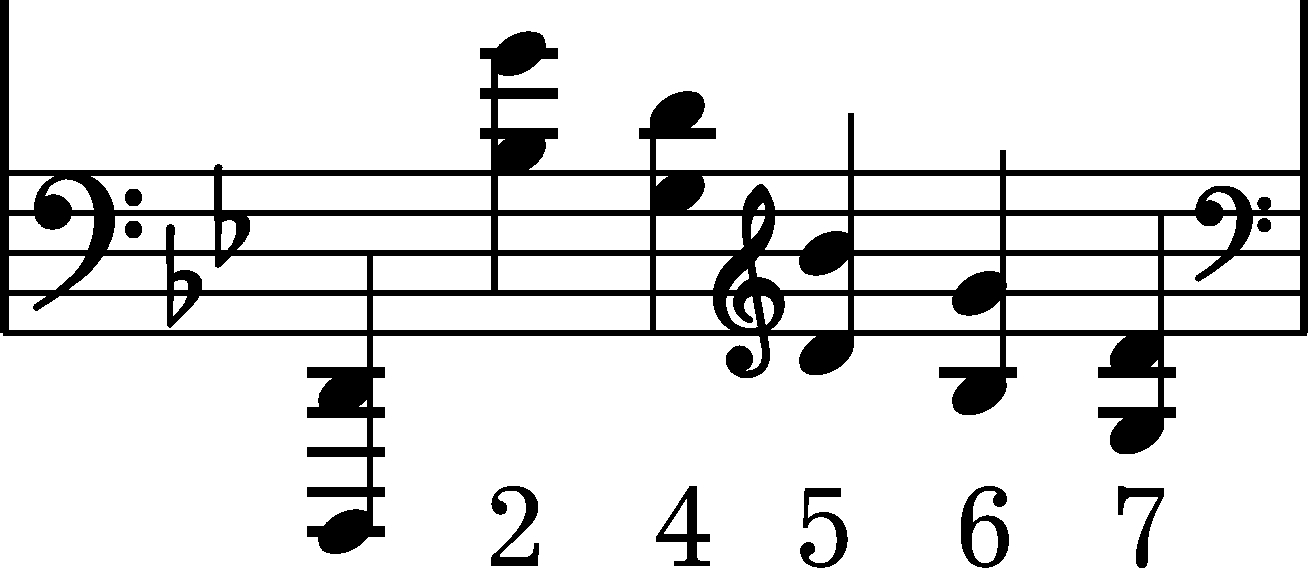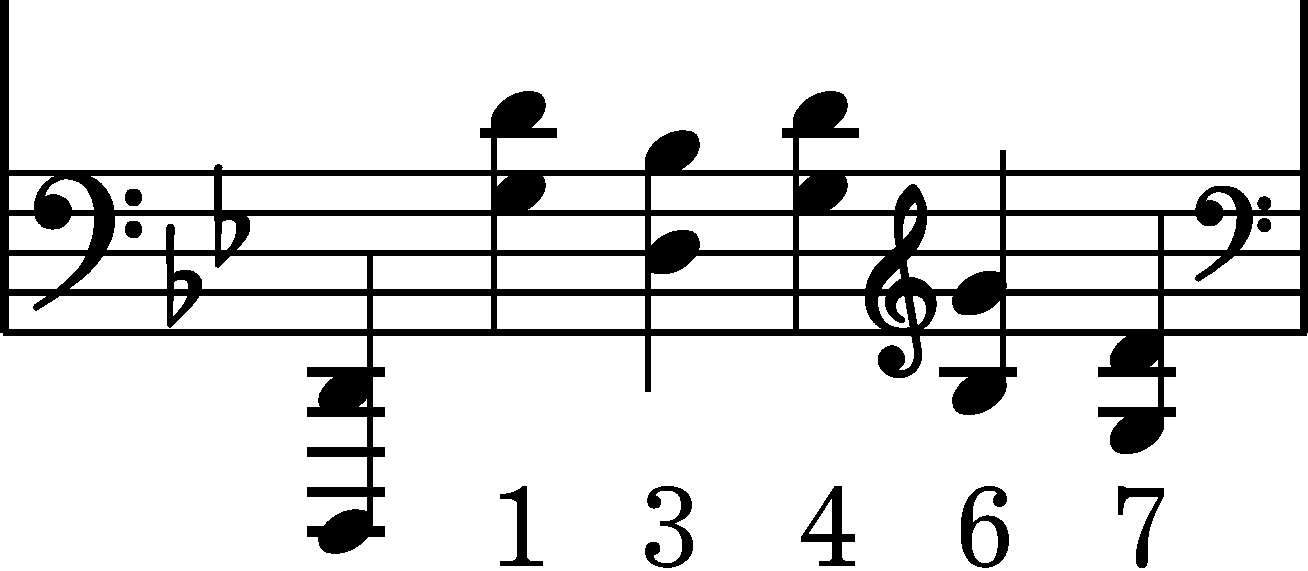



|
b. 207-208
|
composition: Op. 23, Ballade in G minor
..
Leading the slur as far as to the next bar is a clear misrepresentation of the notation of A by the engraver of FE (→GE,EE), perhaps influenced by the R.H. slur, which does reach the g1-d2 fifth. In the main text we keep the notation of A, in which the slur is written down with a flourish, yet it does not suggest going beyond the bar line. category imprint: Differences between sources issues: Embracing slurs , FE revisions |
|||||||||
|
b. 207
|
composition: Op. 23, Ballade in G minor
..
In A (→FE→GE), there is no category imprint: Interpretations within context; Differences between sources issues: EE revisions , Accidentals in different octaves , Inaccuracies in A , Errors repeated in GE , Errors repeated in FE |
|||||||||
|
b. 207
|
composition: Op. 23, Ballade in G minor
..
In A, one can see numerous deletions in the L.H. part in this bar – it was only the initial octave that was not changed. Chopin deleted individual crotchets to eventually cross out the entire 2nd half of the bar and write the final version of the last three crotchets on an adjacent stave (below). We present a possible transcription of the main L.H. stave, taking into account a possible interpretation of the deleted crotchets:
category imprint: Corrections & alterations; Source & stylistic information issues: Corrections in A , Deletions in A , Accompaniment changes |
|||||||||
|
b. 207
|
composition: Op. 2, Variations, complete
..
In the stage of proofreading FE, the ending of this tutti underwent a similar change as in the previous variation. Eventually, in the version for one piano, all four endings – of the Theme and the first three variations – were given a similar form, with a chord in a higher register (in open position) on the 2nd quaver and a doubled or tripled b category imprint: Differences between sources; Corrections & alterations issues: Accompaniment changes , Authentic corrections of FE , Bass register changes , Main-line changes |
|||||||||
|
b. 207
|
composition: Op. 2, Variations, complete
..
The additional wedge in GE is, according to the editors, most likely a mistake by the engraver of GE1 – there is no reason why Chopin's possible addition of marks should only apply to the L.H. In turn, omission of the last R.H. wedge in FE is probably a side effect of the correction of the pitch of this quaver – see the adjacent note. The absence of 3 out of 5 wedges in FESB is most likely the result of the carelessness of the engraver of this edition. In the main text we provide wedges according to A, taking into account Chopin's correction of the last quaver introduced in FE. category imprint: Differences between sources issues: Errors in FE , Errors resulting from corrections , GE revisions , Errors in FESB |

 raising f1 to f
raising f1 to f 1. The inaccuracy, typical of Chopin, was corrected only by
1. The inaccuracy, typical of Chopin, was corrected only by  . We would like to point out that the interpretation on the basis of the available photograph is subject to a great deal of uncertainty. Above all, we assume that the deleted crotchets were dyads and not, e.g. triads. The latter cannot be excluded, yet it seems that Chopin was looking for the best position and maybe also shape of this accompanying figure. To guess the initial version on the basis of this notation, we must first determine which of the seven crotchets written there constituted it. According to us, there are two possible approaches:
. We would like to point out that the interpretation on the basis of the available photograph is subject to a great deal of uncertainty. Above all, we assume that the deleted crotchets were dyads and not, e.g. triads. The latter cannot be excluded, yet it seems that Chopin was looking for the best position and maybe also shape of this accompanying figure. To guess the initial version on the basis of this notation, we must first determine which of the seven crotchets written there constituted it. According to us, there are two possible approaches: . This solution, seemingly obvious and musically reasonable, is seriously flawed – it requires an explanation: why would Chopin leave such a big gap between the 2nd and the 5th crotchets when writing this version on an empty stave. After all, he could not have reserved some space for later corrections. We consider the following explanation to be likely – Chopin 'blithely' entered the first half of the bar (bass and crotchets 1 and 2), ignoring the relation to the R.H.; it was only after he had realised that the parts of both hands were out of sync that he wrote the second half correctly. When he later decided to lower the position of this figure – most probably adjusting it to the position of the accompaniment in the next bar – he used the free space to enter the first two crotchets of the final version (nos. 3 and 4) and he crossed out the 2nd half of the bar and wrote the next three crotchets under the deletion.
. This solution, seemingly obvious and musically reasonable, is seriously flawed – it requires an explanation: why would Chopin leave such a big gap between the 2nd and the 5th crotchets when writing this version on an empty stave. After all, he could not have reserved some space for later corrections. We consider the following explanation to be likely – Chopin 'blithely' entered the first half of the bar (bass and crotchets 1 and 2), ignoring the relation to the R.H.; it was only after he had realised that the parts of both hands were out of sync that he wrote the second half correctly. When he later decided to lower the position of this figure – most probably adjusting it to the position of the accompaniment in the next bar – he used the free space to enter the first two crotchets of the final version (nos. 3 and 4) and he crossed out the 2nd half of the bar and wrote the next three crotchets under the deletion. . In this case, one has to assume that the corrections were carried out in two stages. First, crotchet 2 was replaced by crotchet 1, crotchet 3 was added and crotchet 5 was removed:
. In this case, one has to assume that the corrections were carried out in two stages. First, crotchet 2 was replaced by crotchet 1, crotchet 3 was added and crotchet 5 was removed:  . In the second stage, Chopin would delete crotchet 1 and the entire 2nd half of the bar, which he wrote on the stave below in a new version.
. In the second stage, Chopin would delete crotchet 1 and the entire 2nd half of the bar, which he wrote on the stave below in a new version. root on the third one.
root on the third one.